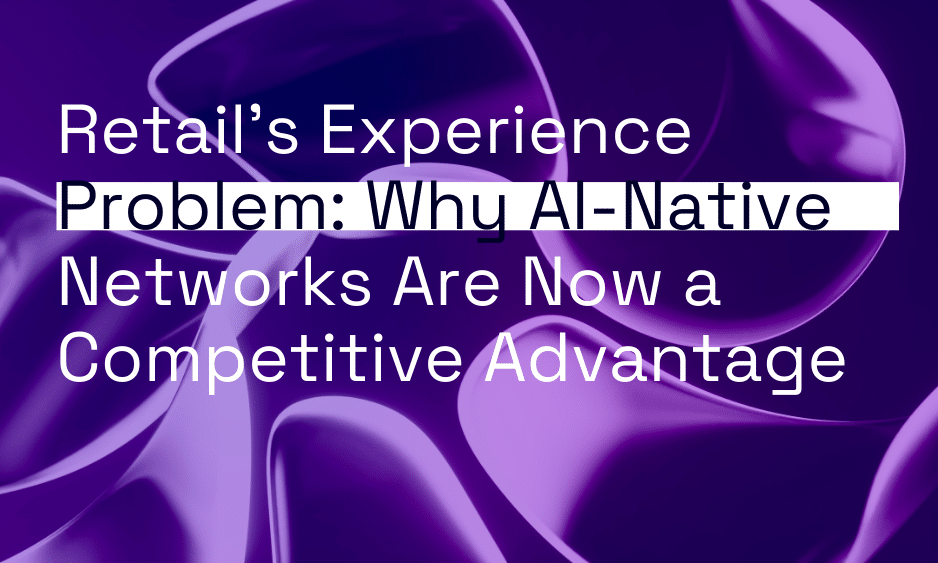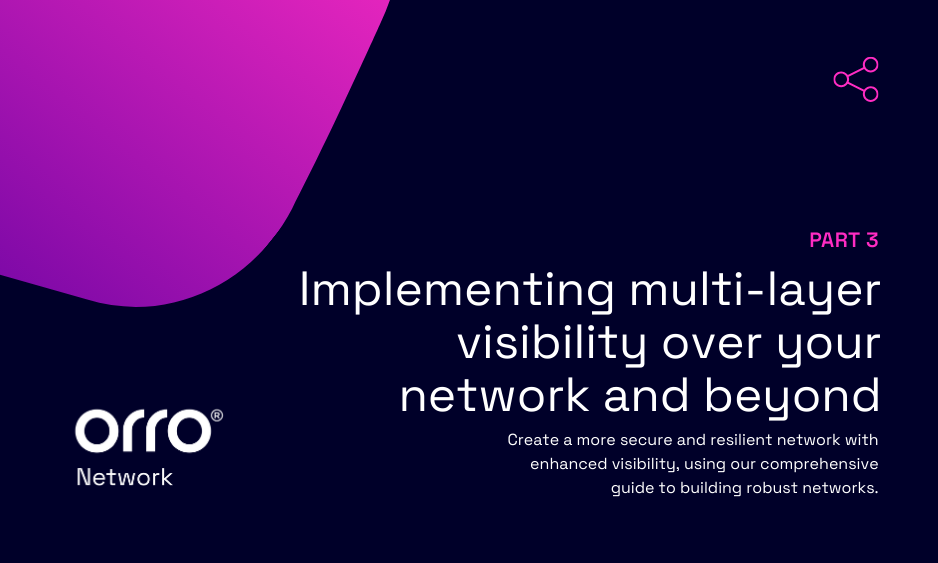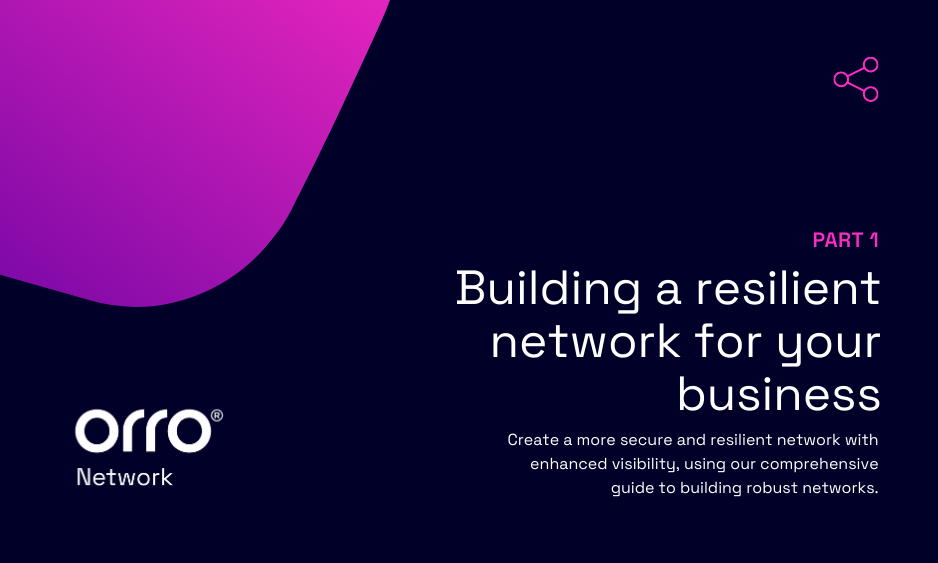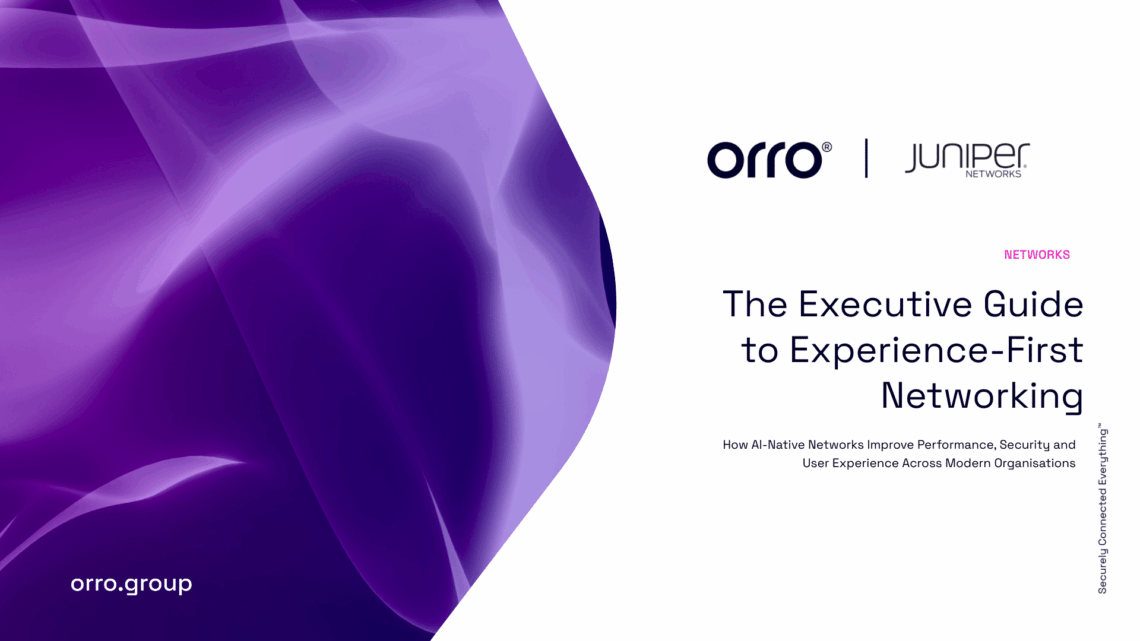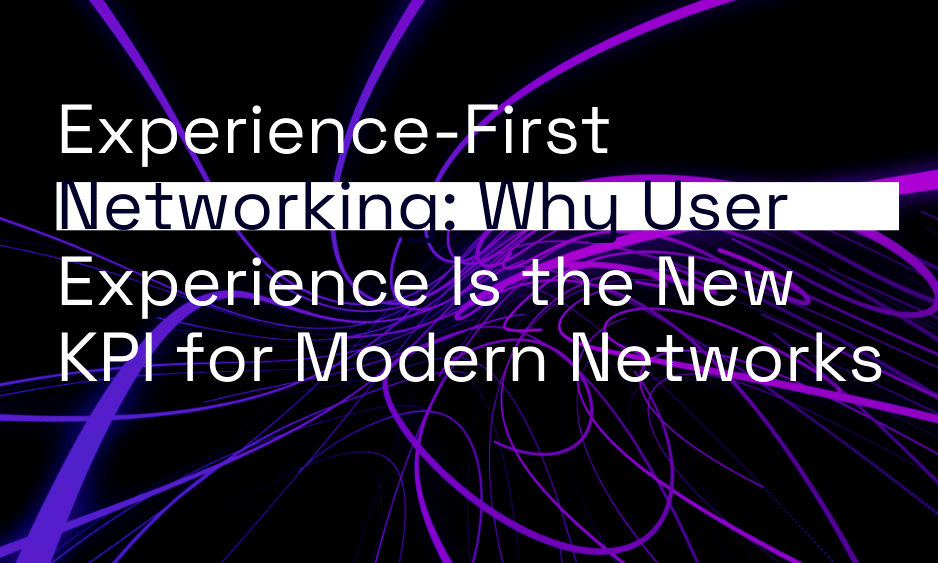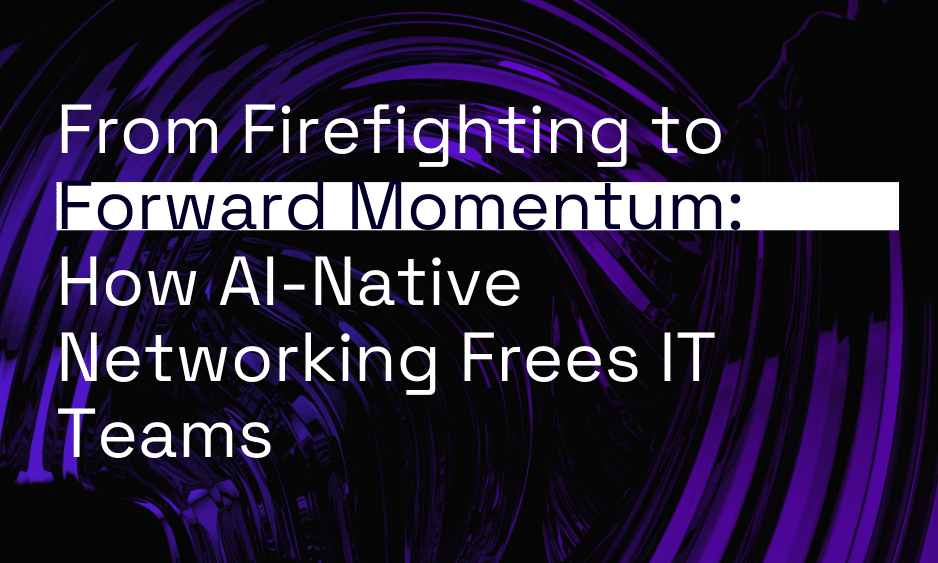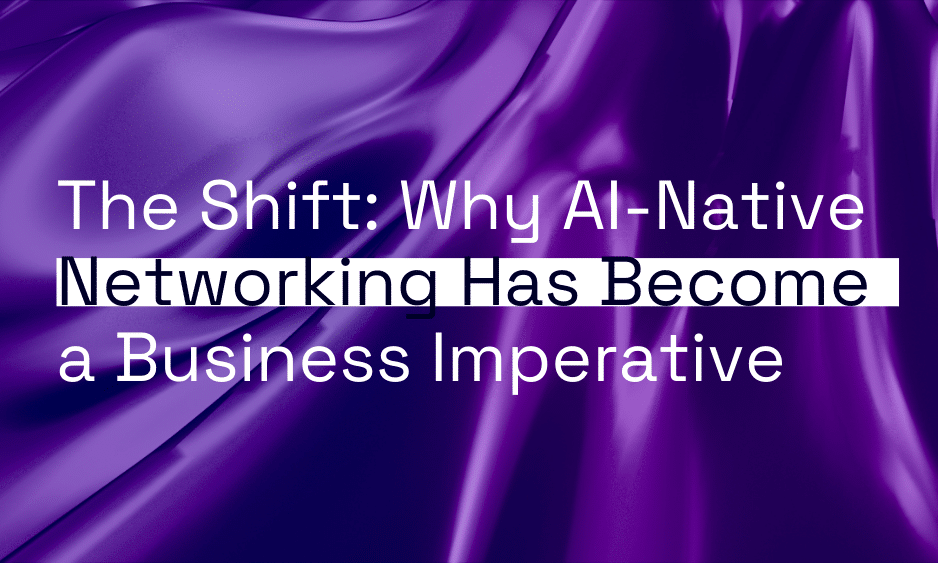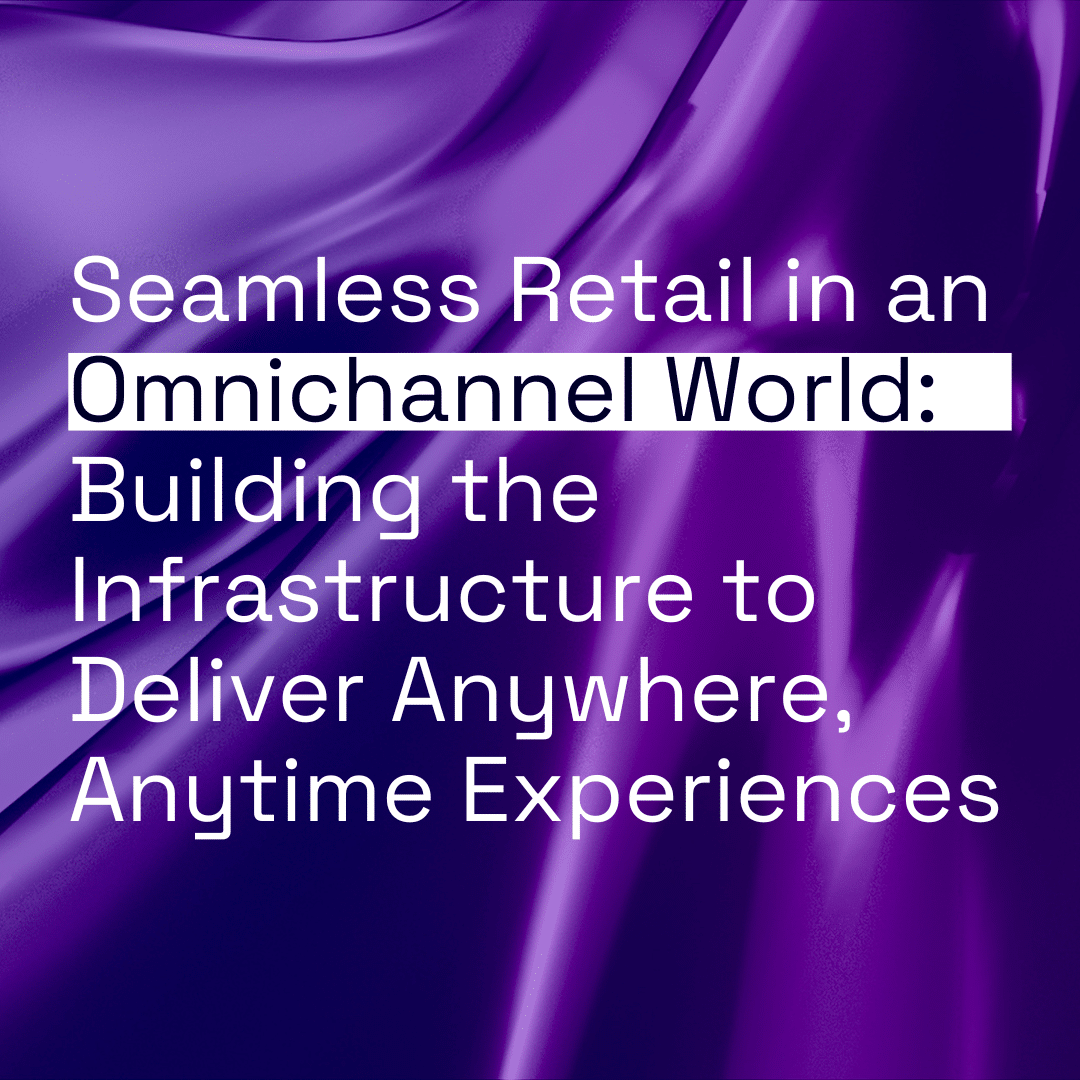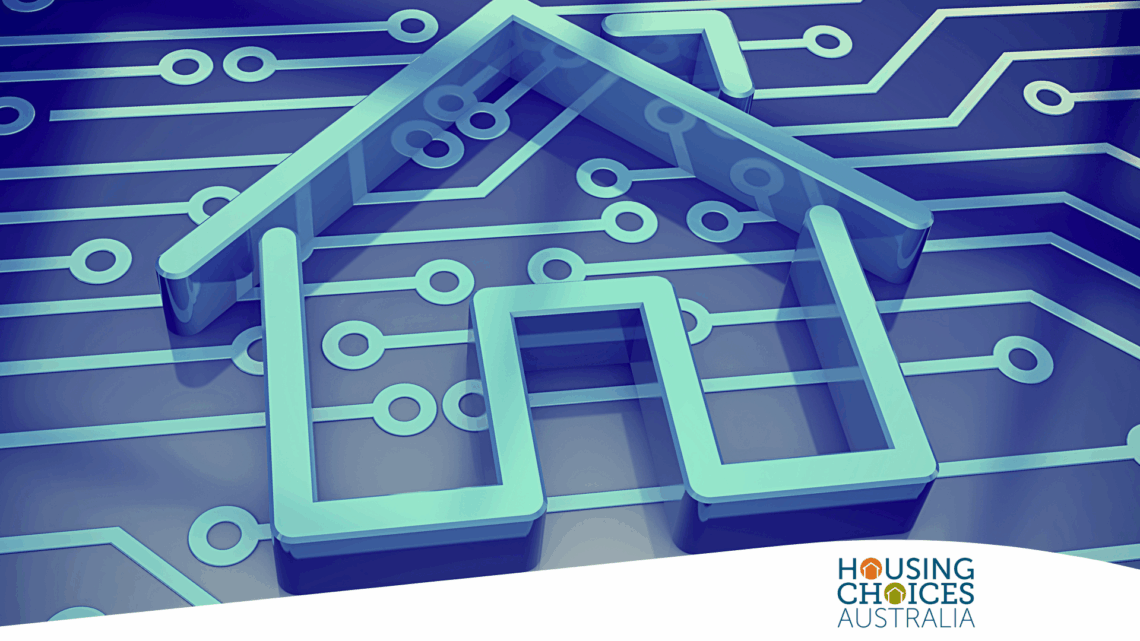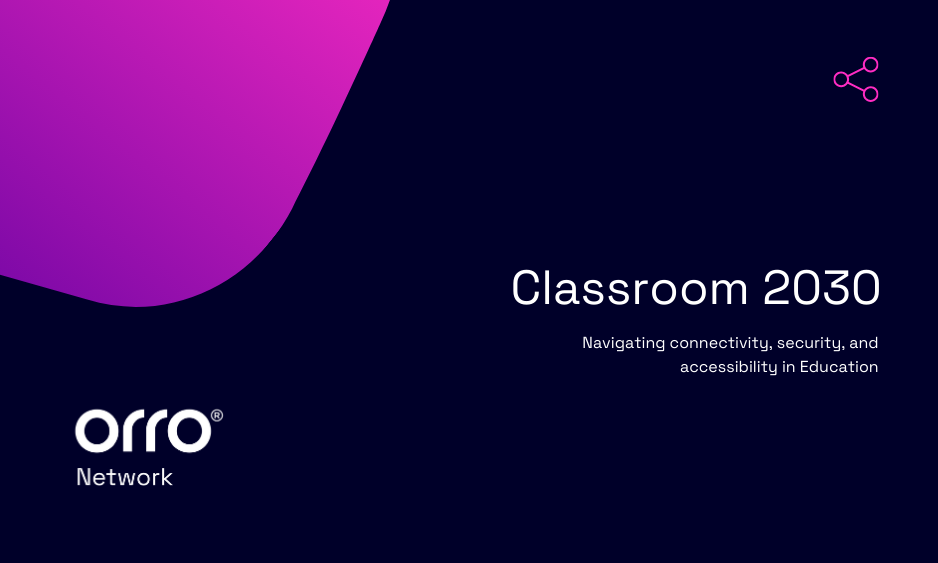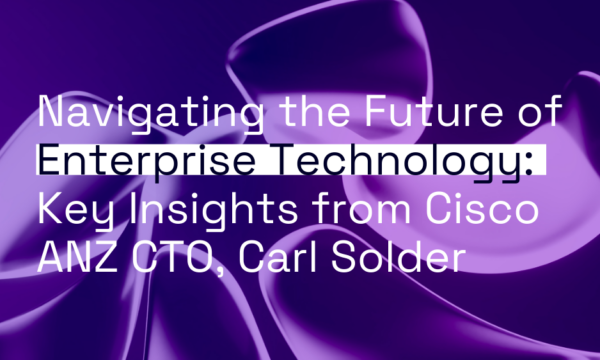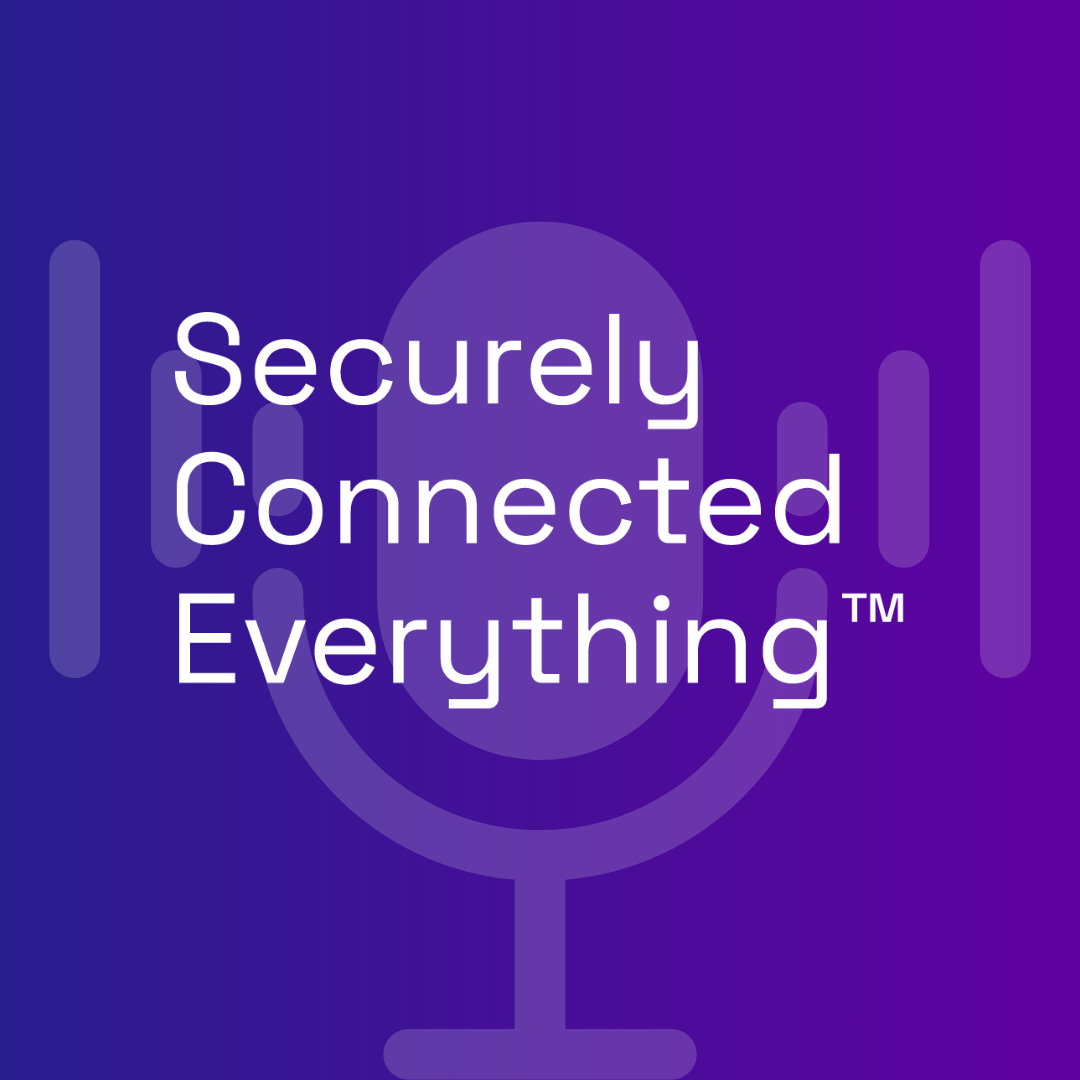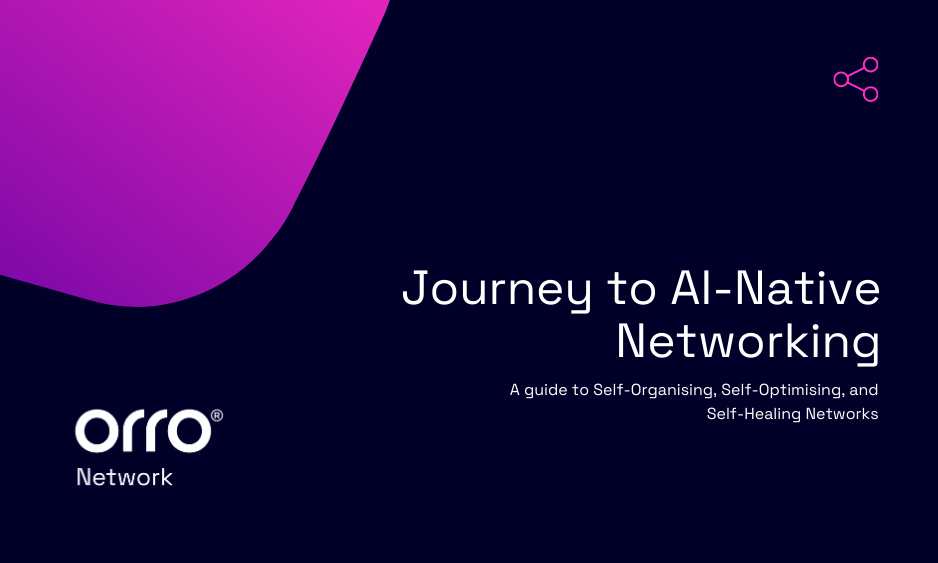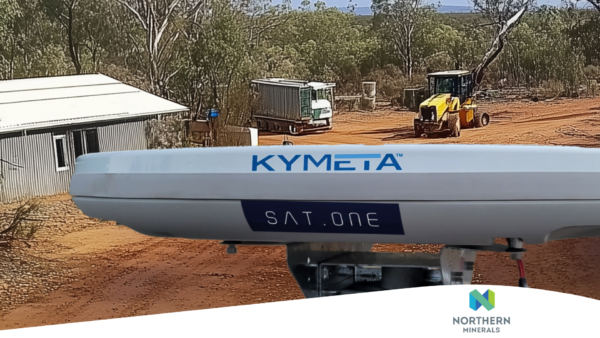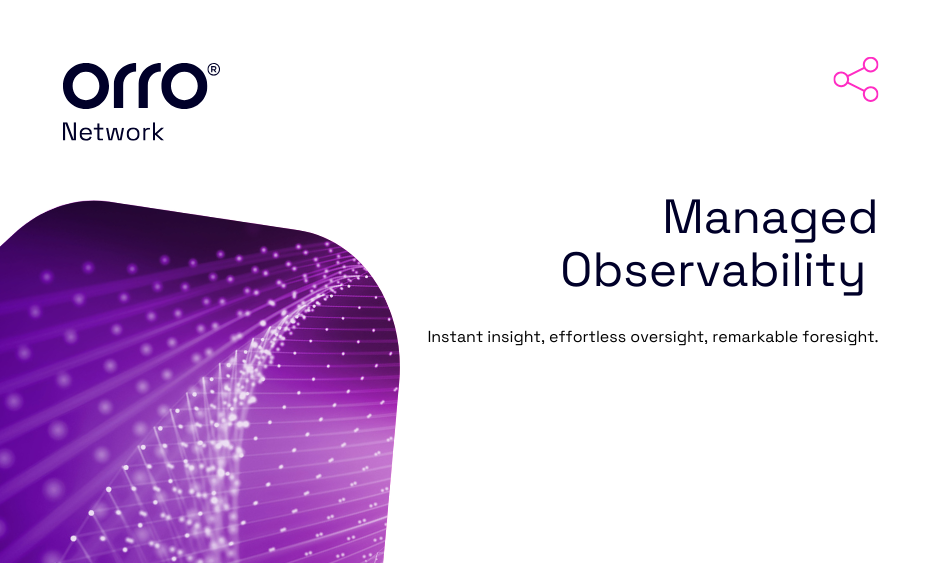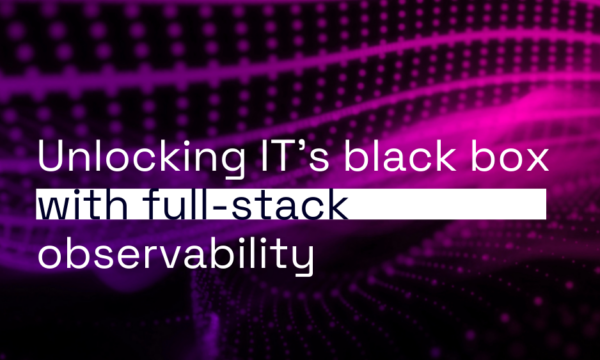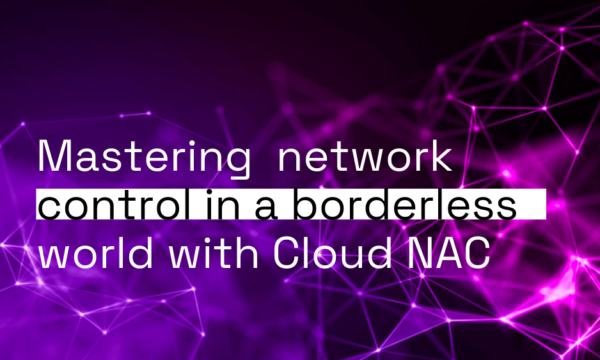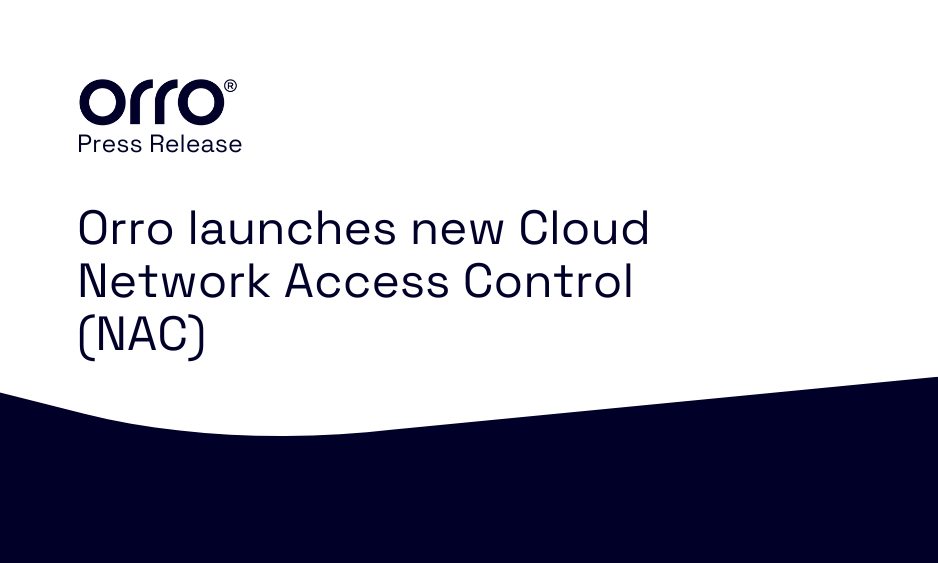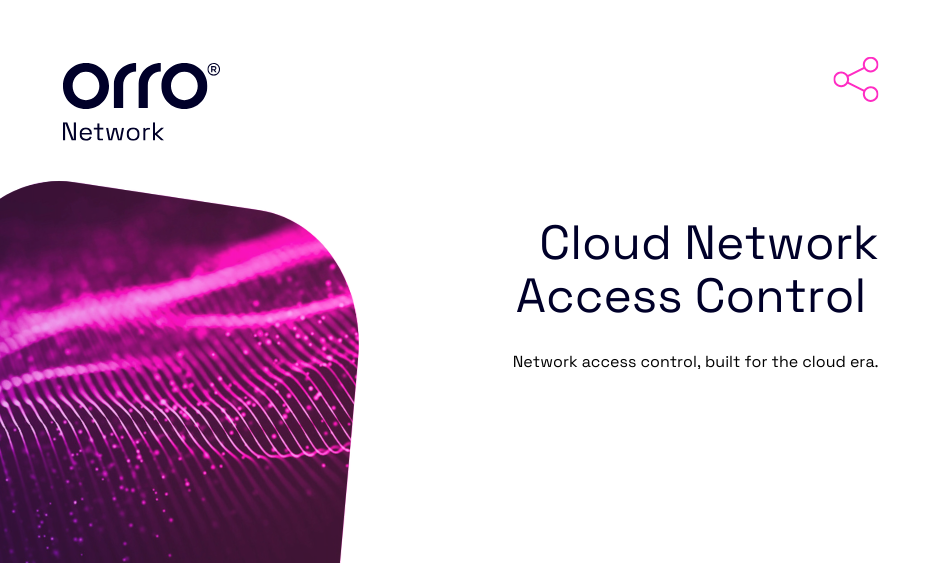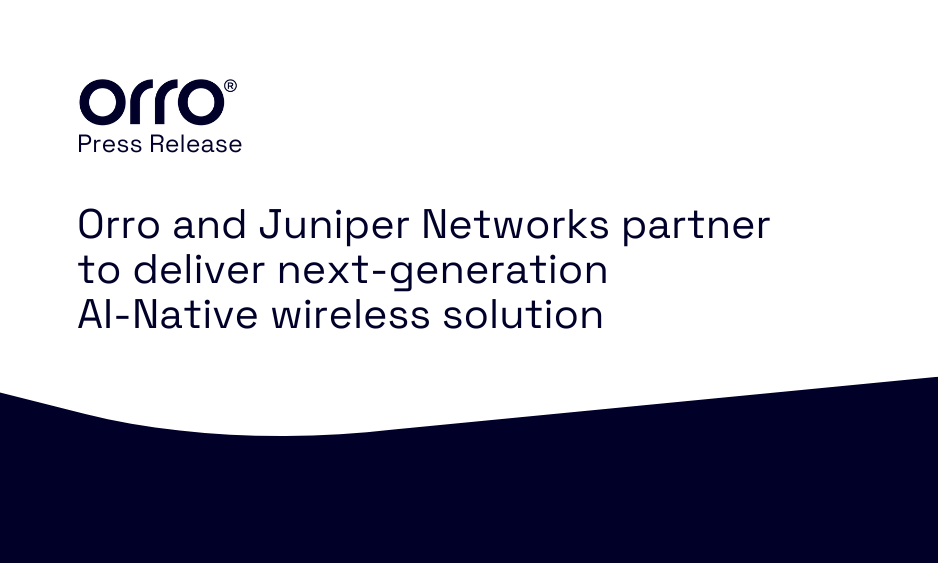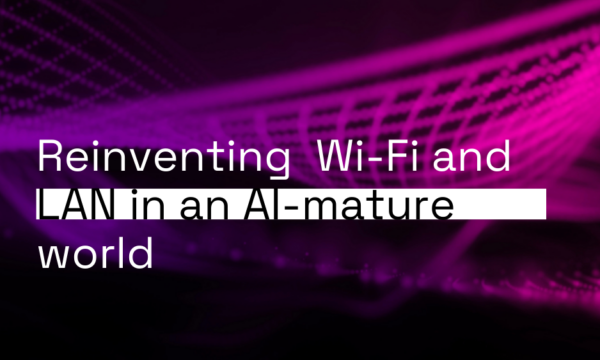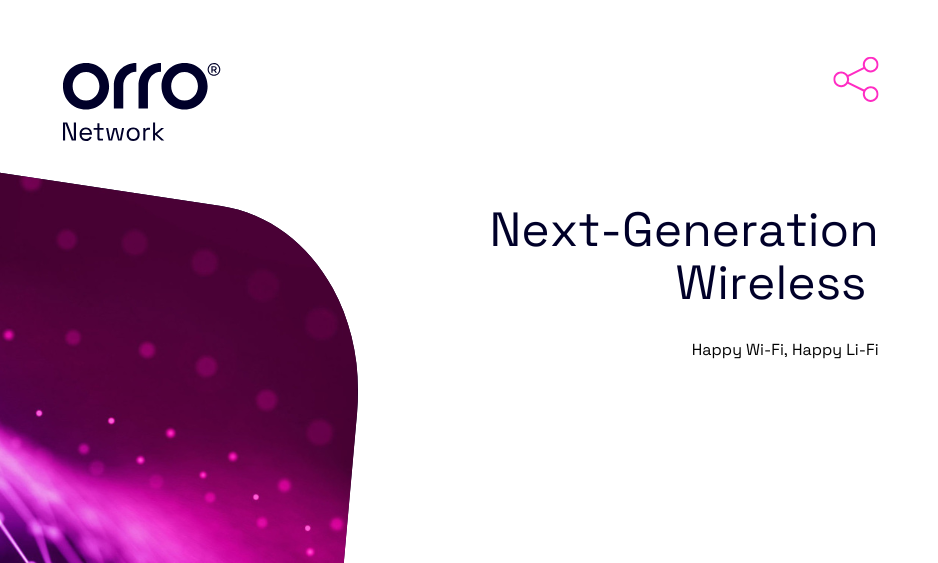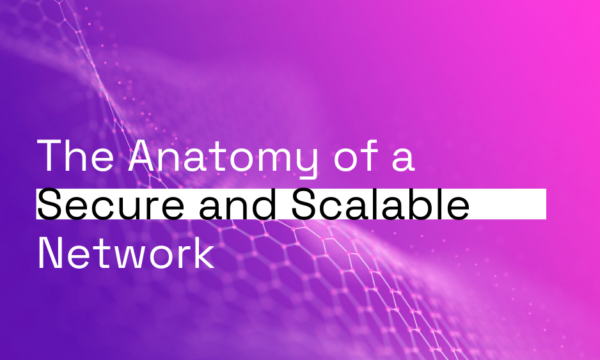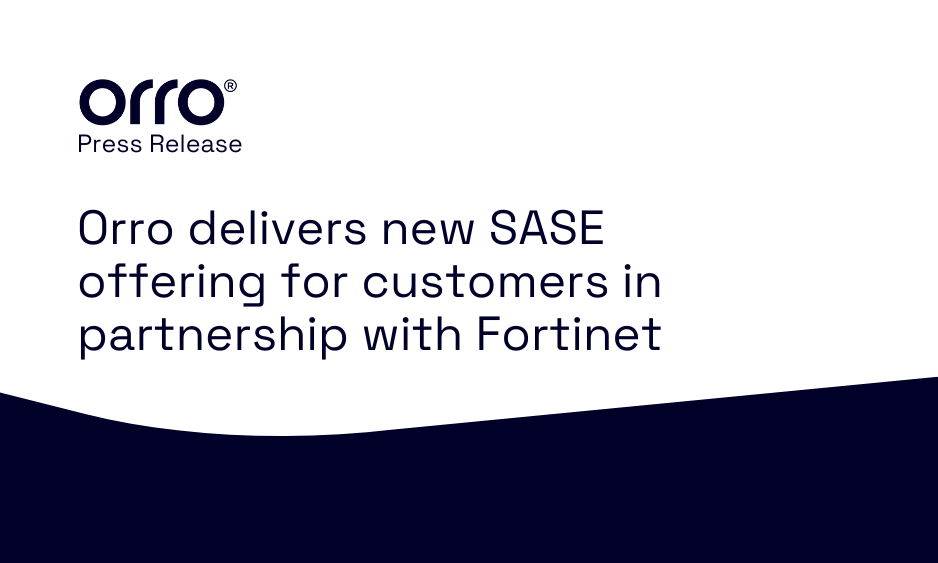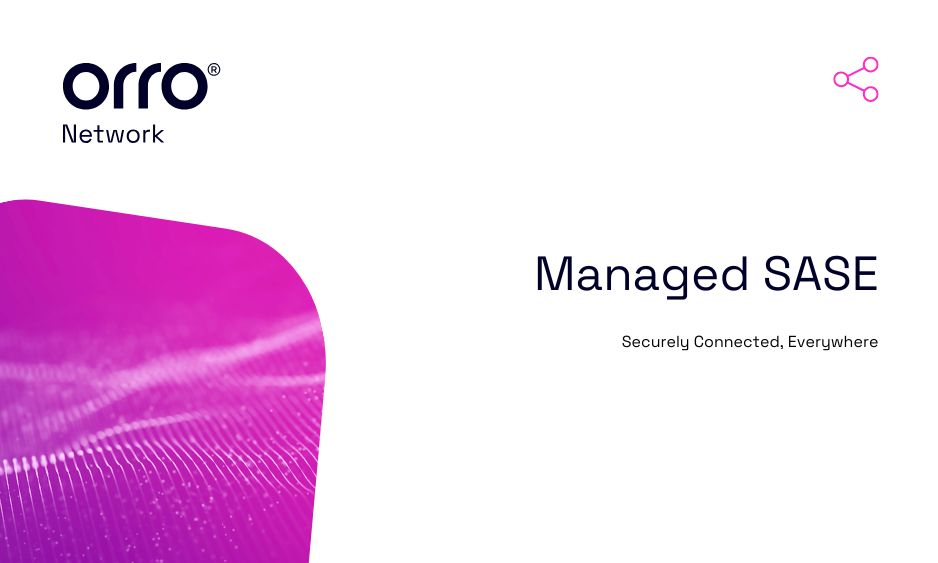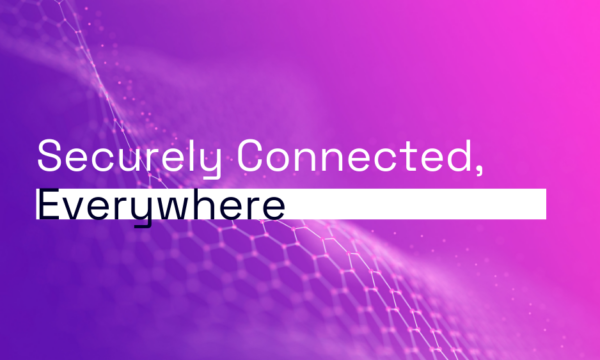Network
Securely Connected Everything

"We build and support networks for evolving business needs – secure, resilient, and ready to power your future growth."
Director
Our Technology Partners



Our OT & IT Network solutions
A secure network must balance data flow and access with robust security to keep systems and people safe. Our advanced networks deliver greater performance, flexibility and resilience with better bandwidth, more up-time and world-class security.
Next Generation Wireless
We’re delivering the best wireless and connectivity experience possible with superior user and end-device access and authentication services.
Our Next-Gen Wireless (Wi-Fi and switching) services use artificial intelligence (AI) and enhancements to Orro’s network management platform, OneTouch Control (OTC), to provide predictive monitoring of access networks.
Observability
As the digital landscape becomes increasingly distributed and complex, it is more important than ever for businesses to maintain high performing networks. Enhancing your visibility across the network allows you to optimise its performance while delivering greater experiences for all end users.
Secure Access Service Edge (SASE)
Support hybrid and remote work with secure, agile and efficient network and security infrastructure.
Our advanced Secure Client to Cloud solution combines SD-WAN and Security-as-a-Service to deliver a unified cloud-native platform to simplify network and security infrastructure, increase productivity and reduce costs.
SD-WAN
We’re the Australian leader in SD-WAN network deployment. Our advanced networks deliver greater efficiency, performance, flexibility and resilience.
Managed Connectivity and Carrier Services
Our Managed Connectivity and Carrier Services provide businesses with reliable, high-performance, and secure internet and network connectivity through partnerships with leading telecommunications providers.
This fully managed service ensures seamless connectivity across multiple locations, data centres, and cloud environments, tailored to your unique bandwidth, performance, and security needs.
Whether it’s dedicated internet access, MPLS, or SD-WAN, we handle everything from provisioning to monitoring and optimisation, offering a single point of contact for all your carrier service needs.
Traditional Managed Network Services
Our Traditional Managed Network Services offer comprehensive management and optimisation of your Local Area Network (LAN), wireless infrastructure, and routing solutions.
Designed for businesses that require reliable, secure, and high-performance networking, this service ensures your network is fully managed, monitored, and maintained, allowing you to focus on core business activities.
We cover network design, deployment, monitoring, troubleshooting, and continuous improvement for LANs, wireless environments, and routing across multiple sites.
Trusted to deliver
A leader in the Australian market, Orro is trusted by many well-known brands to manage some of the country’s largest networks.
“As an organisation focused on helping communities experiencing hardship and injustice, The Salvation Army sought a partner that could simplify the technology landscape and provide a safe pair of hands. Orro have worked collaboratively with TSA, providing technical leadership and guidance along our technology journey.”
Craig Tucker
“I’ve really appreciated the team’s energy, professionalism, willingness to listen and adapt, and ultimately, ability to deliver results. It’s been a great start to our partnership, and I look forward to celebrating many more milestones together.”
Christina Chu
“The team have gone the extra mile to craft solutions with us that meet our requirements. They work with us to constantly refine the solution delivered. What we have been delivered Just gets better and better.”
Ben Barnes
‘As an industry leader that prides itself on achieving exceptional clinical outcomes, Healthscope went to market in search of a network partner that aspires to the same level of excellence. Orro demonstrated a willingness to listen and understand our unique business challenges, and designed a solution that future-proofed our mission critical technology environment.”
Barbara Mackenzie

Transforming your network
With teams accessing more software, apps and data than ever, the need for the network to be agile and scalable is critical. We’re firmly focused on helping people to be more productive and to collaborate while working from anywhere.
Secure by design
Our approach to network design puts security at the forefront, while simplifying network infrastructure, improving performance and reducing costs associated with managing and operating the network.
Unmatched flexibility
Our network architecture solutions are designed to adapt to your unique business needs. With a focus on flexibility, we ensure your network can grow and evolve without compromising security. Experience seamless connectivity that empowers your team and enhances productivity.
Innovative solutions
With our OneTouch Control network management platform you get full visibility and control over your entire network environment, while we take on as much or as little of the management and support as you require. Proactive monitoring means our engineers have eyes on glass 24/7 to give you real-time alerts and updates.
Get full visibility and control over your entire network environment
With our OneTouch Control network management platform you get full visibility and control, while we take on as much or as little of the management and support as you require. Proactive monitoring means our engineers have eyes on glass 24/7 to give you real-time alerts and updates.

The future feels like this.®
A secure network must balance data flow and access with robust security to keep systems and people safe. Our advanced networks deliver greater performance, flexibility and resilience with better bandwidth, more up-time and world-class security.
Trusted Partner
Our customers don’t just trust us to keep them productive and secure today, but to prepare them for what’s next, to grow with them over time and to collaboratively shape their future.
Strategic Advisor
With deep expertise in multiple facets of technology, our customers rely on us to provide them with strategic advice and guidance, helping them make smart moves towards a secure future.
Solution Provider
Our versatile suite of skills enables us to tackle complex challenges for our customers, providing them with complete business solutions that draw from our vast pool of expertise and resources.
